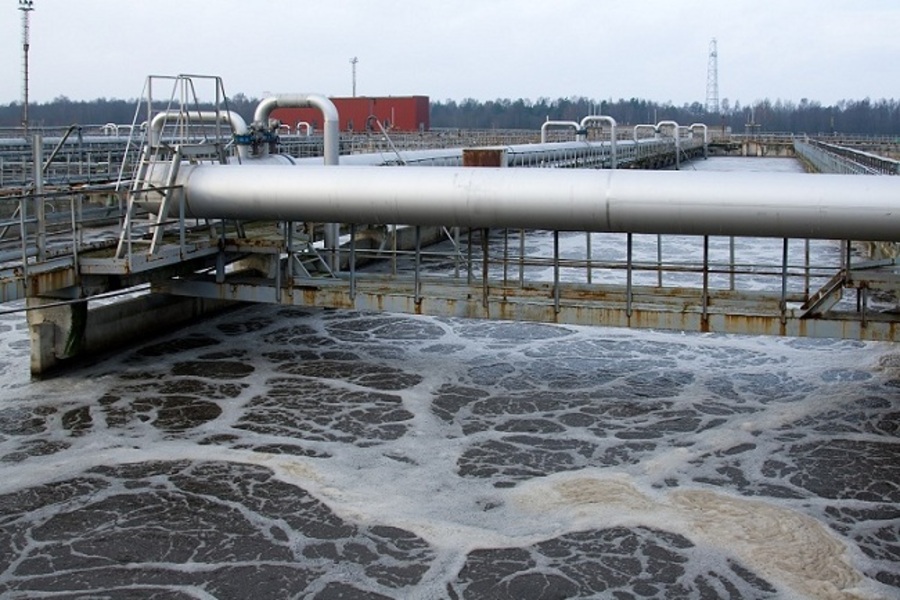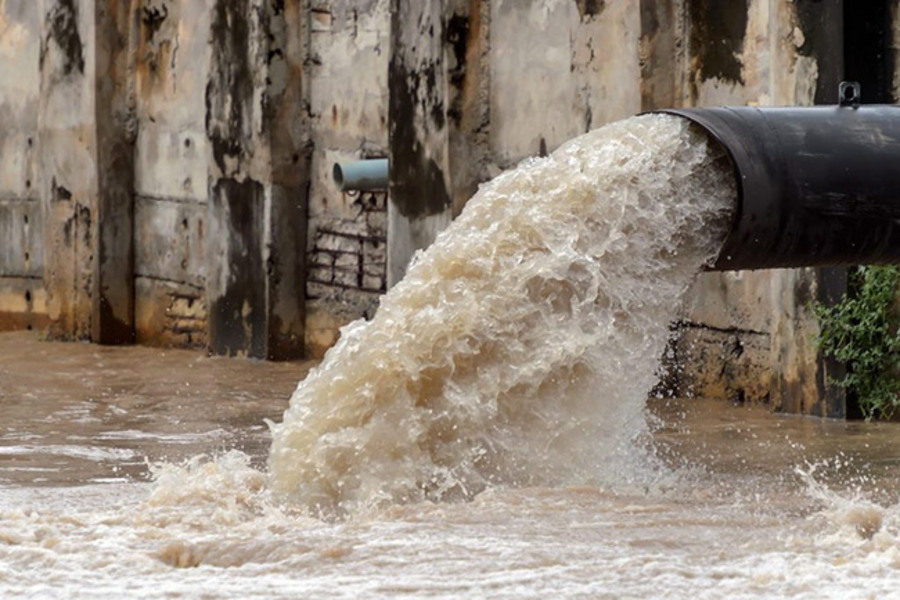The BOD (Biological Oxygen Demand) index in wastewater is a key parameter used to evaluate the pollution level of water sources. It reflects the biodegradability of organic matter in water, helping engineers and environmental managers determine the appropriate treatment methods. Let’s explore what BOD is, its significance, and how to measure and control it effectively.
1. Understanding the BOD Index in Wastewater
1.1. What Is BOD?
The BOD (Biological Oxygen Demand) index in wastewater is a key parameter used to measure the amount of oxygen required by microorganisms to break down organic matter present in the water. BOD is calculated based on the amount of oxygen consumed over a specific period (typically 5 days) when the wastewater is incubated with microorganisms under aerobic conditions.
As these microorganisms decompose the organic pollutants, they consume oxygen in the process. Therefore, the higher the BOD, the greater the level of organic pollution in the water. Measuring BOD helps assess the environmental impact of wastewater, especially on natural water bodies such as rivers and lakes.
1.2. Types of Wastewater That Contain BOD
BOD is present in almost all wastewater sources, especially:
-
Domestic wastewater: Contains organic matter from leftover food, oils, detergents, and other household wastes.
-
Industrial wastewater: Originating from food processing, textile dyeing, paper production, and chemical manufacturing, often with high levels of organic compounds.
-
Livestock wastewater: Comes from farms and includes manure, leftover feed, and urine, all rich in organic content.
These high-BOD wastewater types require proper treatment to prevent environmental damage
2. How to Measure BOD in Wastewater
The BOD index in wastewater is typically determined through a standard biological test, designed to measure the amount of oxygen required by microorganisms to decompose the organic matter in the wastewater sample. The process involves the following detailed steps:
First, the wastewater sample must be diluted with deionized water that is saturated with oxygen to create a favorable environment for the microorganisms to thrive. Next, a fixed amount of seed microorganisms is added to the sample to initiate the biological decomposition process. The sample is then sealed to prevent oxygen from the air from entering, ensuring that the dissolved oxygen in the water is solely due to the biological decomposition process.
The wastewater sample is kept at a temperature of 20°C and placed in the dark for 5 days. This step prevents photosynthesis, which could otherwise add extra oxygen. After 5 days, the dissolved oxygen (DO) is measured again. The difference between the initial DO value and the final DO value represents the BOD index, reflecting the amount of oxygen consumed during the decomposition of organic matter.
To ensure accuracy, the BOD value of the sample is adjusted by subtracting the BOD value of a control sample. This helps eliminate errors and provides an accurate BOD result for the tested sample.

The BOD index in wastewater is determined through a 5-day experiment
3. Importance of the BOD Index in Wastewater
The BOD index plays a crucial role in assessing the pollution level of wastewater and its impact on the aquatic environment. When the BOD of wastewater is high, it indicates the presence of significant organic matter, which leads to higher oxygen consumption by microorganisms as they decompose the matter. This results in a reduction of dissolved oxygen in the water, leading to oxygen depletion, which negatively affects the survival of aquatic life such as fish, shrimp, and other species. This can cause mass fish deaths, a decline in biodiversity, and the disruption of aquatic ecosystems.
Therefore, controlling the BOD index in wastewater is vital. It not only ensures the safety of water sources but also helps protect human health and aquatic life.
4. Methods to Treat High BOD Wastewater
Several treatment methods can reduce BOD levels effectively:
4.1. Aerobic Biological Treatment
Uses microorganisms in oxygen-rich conditions to break down organic matter. This is typically done in aeration tanks where oxygen is continuously supplied. It’s effective for high-BOD wastewater from domestic and food-processing sources.
4.2. Anoxic Biological Treatment
Occurs in environments without oxygen, where microorganisms decompose organic matter and produce methane and CO₂. Common in biogas systems, it’s suitable for easily degradable organic wastewater like livestock effluent.
4.3. Anaerobic Biological Treatment
Uses anaerobic microbes to treat organic waste without oxygen. This method not only reduces BOD but also generates methane for energy use. It’s energy-efficient and environmentally friendly, especially for industrial wastewater.
5. The Relationship Between BOD and COD in Wastewater Treatment
BOD (Biological Oxygen Demand) and COD (Chemical Oxygen Demand) are both critical for evaluating wastewater quality, but they measure different aspects:
-
BOD: Measures oxygen consumed by microorganisms during organic matter breakdown. Reflects biodegradable pollution.
-
COD: Measures total oxygen required to chemically oxidize both organic and inorganic substances. It’s usually higher than BOD, including non-biodegradable matter.
Understanding both indices is essential for effective wastewater treatment planning.
BOD in wastewater is a key indicator of organic pollution and its environmental impact. Measuring and managing BOD is essential for water protection and ecosystem health. Treatment methods like aerobic, anoxic, and anaerobic processes offer targeted solutions depending on the wastewater type and contamination level. If you're looking for effective wastewater treatment solutions, contact Đại Nam today for expert consultation and support!

